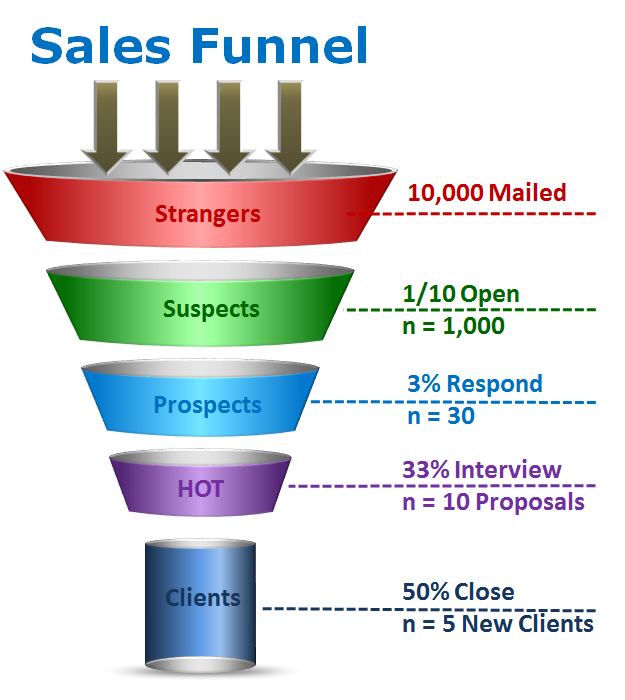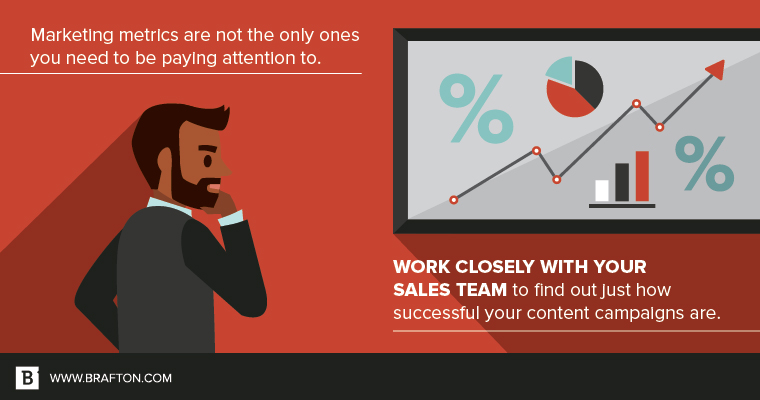I love Yelp.
I use it for more than finding nearby restaurants for my insatiable cravings of the moment. I also love to look through the bad (and often hilarious) reviews. It’s one of my guilty pleasures.
Whether it’s a disgruntled customer with a legitimate complaint, a bad rating from someone who just happened to wake up on the wrong side of the bed that morning or an owner firing back on a poor review, one- and two-star ratings provide a bit of humor to my day.
(There’s even a Tumblr dedicated to horrible Yelp reviews. Enjoy.)
And sure, sometimes I feel bad for these businesses on the receiving end. But then I think: How else are they going to know how they are performing?
Thankfully, for marketers, there’s more to finding out how well your campaigns are working than relying on review sites like Yelp (although customer feedback will always be an important part of any company across all departments).
Marketers have metrics.
But, just because you have those metrics doesn’t mean you’re analyzing them correctly.
Case in point: Many marketing departments don’t work closely with their sales teams to determine conversion rates from website referrals. If you’re not looking at this data, how else are you going to know how your initiatives are performing, how they are attracting prospects and how they are converting them to customers?
It’s all about communication with your sales teams, and yes, sometimes a bit of number-crunching. Here’s what you need to know as a marketer.
Understanding the sales funnel
Sure, you’ve got your own marketing funnel to worry about, but if you don’t have a basic understanding of how prospects are moving through your sales department, your campaigns aren’t going to accomplish anything.
This is where the sales funnel comes in.
Every funnel is different depending on the company, but in general, it looks something like this:

At first glance, this seems very similar to a content marketing funnel.
But have you actually sat down with your sales team to discuss what interactions they are having with people throughout each step of the funnel?
You can speculate as to what users want or need in terms of content from your brand. But at the end of the day, your company’s sales staff are the ones talking to these users. What’s taking each person from “stranger” to “customer?”
Try comparing your marketing funnel to the funnel your sales department uses. Ask whether or not your idea of a “lead” matches up with what a salesperson would consider a “lead.” Is there any other type of disconnect happening between the two funnels? Honing in on these potential pain points and solving them means there’s less risk of any confusion or miscommunication in the future, and it puts your marketing and sales teams on the same page.
These metrics matter
Getting a clearer picture on the sales funnel is only the first step in working with your sales department. And it’s not a one-way street. You rely on sales, and sales relies on you.
Next, you need to determine how well your content is performing and what’s bringing people to your site. Your salespeople can help you discover these crucial data points.
But many marketers get hung up on the amount of available metrics. Here are the ones that you should care about and why:
1. Average sales cycle length: Whether it’s short or long, you need to know the average time it takes for a prospect to become a customer. Knowing the touchpoints that users experience when interacting with your brand gives you insight into how to provide content at every step of the funnel to keep the potential sale active in a prospect’s mind.
2. Qualified leads: This goes back to what was said above. A marketer is going to have a different idea of what a lead is than a salesperson. When talking with your sales department, cover what a marketing-qualified lead is, which is usually someone who has expressed interest in a demo or setting up a call but isn’t ready to buy. In turn, ask your sales staff to educate you on what they consider a sales-qualified lead. These are users further along the buyer’s journey and are closer to making a purchase. Defining these metrics cuts down on stress and confusion between departments and ensures you’re providing the right content to every lead.
3. Average deal size: Let’s say the sales team closes two deals: One is $12,000 and the other is $8,000. That means the average deal size is $10,000. Why is this important? Well, as a marketer, you need to know who to target the content to, and what the ideal value is from each deal. Look closely at the data. Are they smaller in size? Or is the sales department going after larger deals? Find out what they want to target, and tailor your content resources to that.
4. Website conversion rate: This metric is perhaps the most important one to know as it’s a clear indicator of how your content is performing. It’s easy to calculate: If you have 100 leads coming into your site and five of them close, then you have a 5 percent web referral close rate. To drill even deeper down to find out how much each lead is worth, multiply the close rate by the average deal size. So if you take the $10,000 average deal size from above and multiply with the 5 percent close rate, each lead is worth $500. Talk with your sales team to determine the exact figures on these data points, and find out what the goal is to discover how you can improve your content strategy to reach those objectives.
Lead conversion rate = (Total number of leads) / (Number of leads that close)
Example → 100 total leads / 5 leads that close = 5% lead conversion rate
Cost per lead = (Average deal size) x (Lead conversion rate)
Example → $10,000 average deal size x 5% lead conversion rate = $500 cost per lead

Continued communication is crucial
If you want to make sure your content continues to generate leads and convert prospects, make alignment between marketing and sales a priority. Finding out what does and doesn’t work from the sales team is only going to help you in your future content campaigns.
Keeping the lines of communication open is a two-way street, however.
Salespeople are on the front lines with prospects, having conversations and hearing questions or objections all day long. Marketing is all about speaking to the audience, so salespeople are a great resource for marketers to understand who they should be speaking to and what these people care about.
At the same time, give the sales team what it needs – besides leads, of course.
Give them the marketing resources and expertise they need to close deals, alert them to any market trends you’ve noticed and provide them with the differentiators that make your brand stand out from the competition. These are all things salespeople need to successfully close deals.
At the end of the day, the goal of the marketing and sales departments is to bring in educated and satisfied new customers. It’s a partnership between marketing and sales, not a competition.





